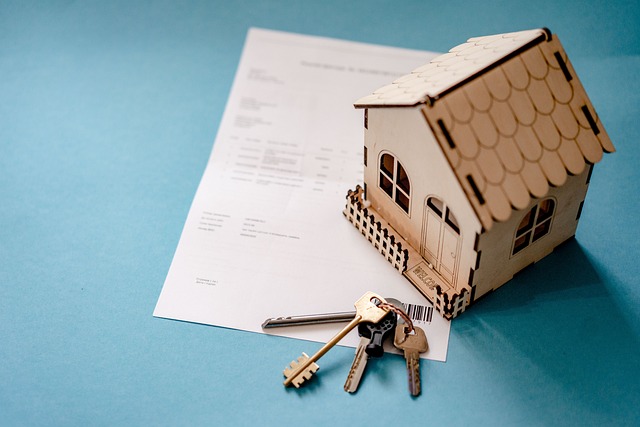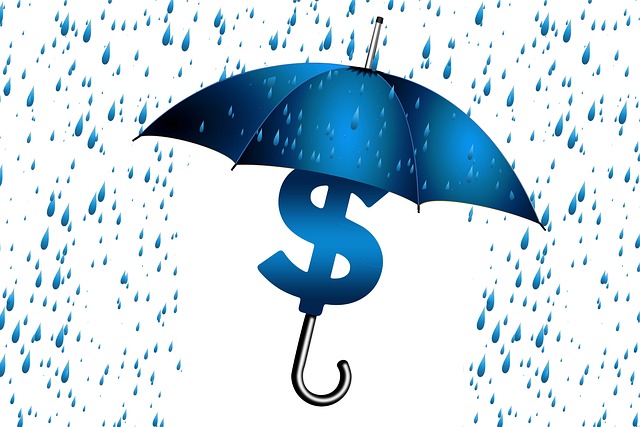Real estate evictions follow a legal process, requiring valid reasons and due process. Disposal of items distinguishes hazardous from non-hazardous materials to protect the environment. Industry regulations govern renovations and listings in historic districts, ensuring transparency, fairness, and consumer protection.
In the dynamic landscape of real estate, understanding the legal framework surrounding the removal of certain materials is crucial. This comprehensive guide explores the conditions under which hazardous substances can be safely disposed of, delving into industry practices and regulations that shape best practices. By navigating the legal aspects outlined here, real estate professionals can ensure responsible stewardship of their properties while adhering to stringent environmental standards.
Legal Framework for Removal

In the realm of real estate, the legal framework surrounding removal is a complex web designed to protect both property owners and occupants. Each jurisdiction possesses its own set of laws and regulations that dictate when and under what conditions a person can be removed from a property. These rules are often detailed in civil code sections pertaining to possession and eviction. Generally, for removal to be legally executed, there must be a valid reason such as non-payment of rent, breach of lease terms, or activities that disrupt the peaceful enjoyment of neighboring properties.
The process typically commences with a notice period, during which the occupant is informed of the grounds for removal. After this period, if the issue remains unresolved, the property owner can file an eviction lawsuit. A judge will then review the case and issue a ruling. If the court favors the owner, a writ of possession is granted, authorizing law enforcement to physically remove the occupant from the premises. This intricate legal process ensures that evictions are conducted fairly and in accordance with established guidelines, providing due process to all parties involved.
Conditions for Safe Disposal

When considering the safe disposal of certain items in a real estate context, several key conditions must be met to ensure environmental protection and compliance with regulations. Firstly, it’s crucial to identify whether the item is hazardous or non-hazardous. Hazardous materials, such as old paints, chemicals, and electronics, require specialized handling due to their potential toxicity. In real estate, these items often arise during renovation projects or when tenants move out. Disposal should only be done through approved channels, like designated waste management facilities that cater to hazardous substances.
For non-hazardous materials, the conditions for safe disposal are typically less stringent but still critical. Common examples include construction debris, furniture, and appliances. In many regions, these items can be disposed of at local landfills or recycling centers. However, it’s important to check with the relevant environmental authorities or waste management companies for specific guidelines regarding acceptable materials and methods to prevent pollution and ensure responsible disposal practices in real estate operations.
Industry Practices and Regulations

In the realm of real estate, industry practices and regulations play a pivotal role in determining what can be removed or modified under certain conditions. These guidelines ensure transparency, fairness, and safety for all parties involved in transactions. For instance, when renovating properties, specific rules govern what structural changes are permitted and which elements must remain intact. This is particularly crucial in historic districts where the preservation of architectural integrity is a priority.
Regulations also dictate what can be removed or added to listings during the sales process. Real estate agents and brokers must adhere to guidelines regarding disclosures, ensuring potential buyers are fully informed about any known issues or recent modifications. These practices not only protect consumers but also foster trust within the industry, creating a more stable and predictable market environment in the process.






